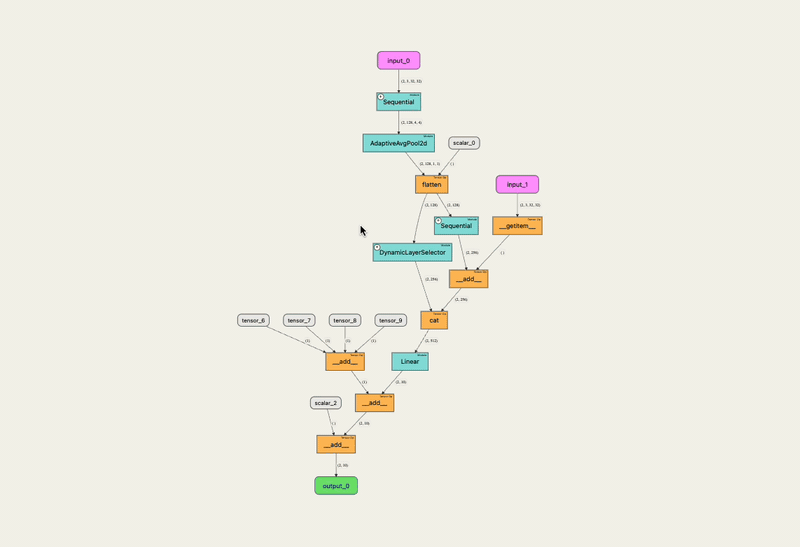Volt-ampere (VA) is a term that often comes up in discussions of electrical systems, yet its significance extends beyond just being a measurement. Understanding VA is crucial for anyone working with electrical circuits, particularly in distinguishing between different types of power in both alternating current (AC) and direct current (DC) environments. This knowledge enhances your ability to make informed decisions, especially when it comes to energy efficiency and equipment selection.
What is volt-ampere (VA)?
Volt-ampere (VA) is a unit of measurement that represents apparent power in electrical systems, predominantly used in AC circuits. It combines voltage (in volts) and current (in amperes) to provide a comprehensive picture of an electrical circuit’s power capacity.
Definitions of key terms related to VA
To fully grasp the concept of VA, it’s essential to understand some basic electrical terms:
- Volt (V): The unit of electric potential difference, representing the driving force behind electron movement.
- Ampere (A): The unit measuring electric current flow, indicating how many electrons pass through a circuit.
Comparison of volt-ampere and watt
Understanding the distinction between volt-amperes and watts is fundamental for working with electrical devices and systems.
DC circuits
In direct current (DC) circuits, the relationship is straightforward; 1 VA equals 1 watt. This direct correlation simplifies calculations and helps in understanding energy consumption.
AC circuits
In alternating current (AC) circuits, the relationship becomes more complex. The varying nature of power in AC systems leads to a distinction between apparent power (measured in VA) and actual power (measured in watts). This difference is essential in applications where the load may be reactive, affecting the overall power calculations.
The role of reactance in AC circuits
Reactance plays a significant role in AC circuits and impacts the relationship between volts, amperes, and watts. It results from inductive and capacitive components in a circuit, causing the phase angle between voltage and current. In cases where reactance is high, the apparent power (VA) may exceed the actual power (W), leading to potential inefficiencies.
Practical implications of VA in power supply
Understanding the implications of VA ratings in power supply specifications is crucial for effective equipment selection.
Differentiating between VA and watts
When evaluating power supplies, it’s important to recognize that a device rated in VA may not deliver an equal amount of watts. Knowing how to estimate actual wattage from a VA rating helps in selecting the right equipment for various applications.
Application of volt-amperes in devices
The VA rating is especially important in uninterruptible power supply (UPS) systems. A good understanding of VA helps determine the appropriate device capacity, safeguarding electronics against electrical surges and ensuring uninterrupted operation.
Applications and considerations in energy management
Given the ongoing focus on energy consumption and efficiency, the role of VA in energy management is becoming increasingly prominent.
Optimization of energy efficiency
IT professionals and facility managers must grasp the concept of VA to enhance energy management in data centers. Improved energy efficiency not only reduces costs but also contributes positively to sustainability efforts.
Reactive power and its relevance
Reactive power is closely related to volt-amperes and is vital for the operation of capacitors and inductors in power systems. Understanding this relationship is crucial for maintaining the reliable operation of electrical equipment and maximizing system performance.

